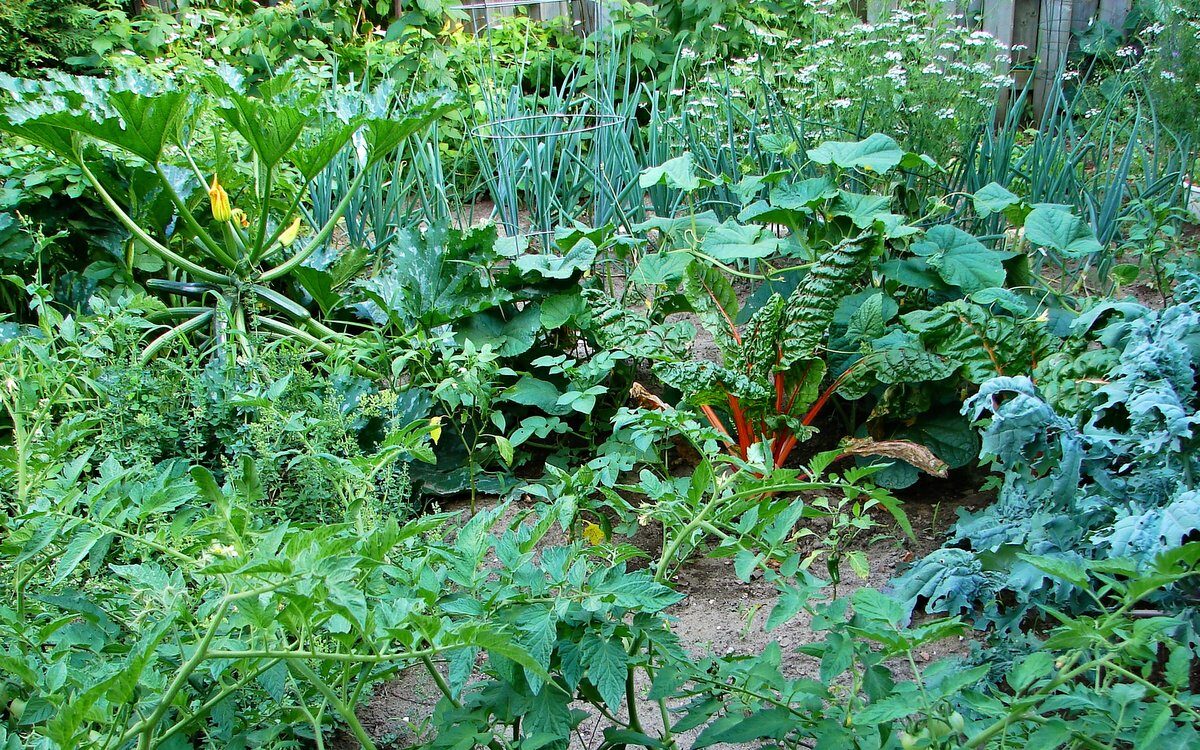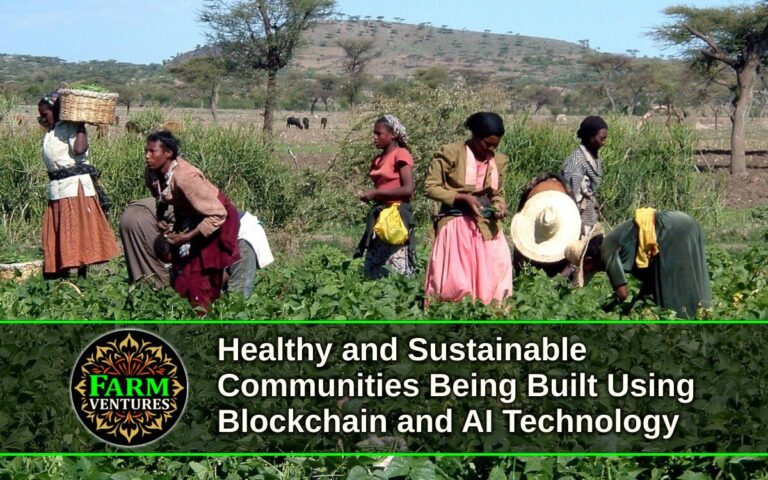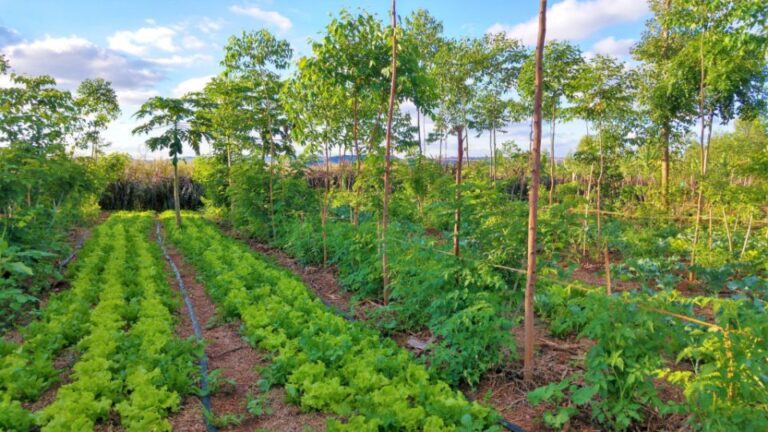The Power of Polyculture: A Sustainable Way to Grow Your Food
As the world grapples with the challenges of climate change, soil degradation, and food insecurity, many are turning to innovative farming practices to ensure a more sustainable future. One such approach is polyculture, a way of growing multiple crops together on the same land. In this article, we’ll explore the basics of polyculture, its benefits, and why it’s becoming increasingly popular among farmers and gardeners.
What is Polyculture?
Polyculture is a farming practice that involves growing multiple plant species together on the same piece of land. This approach is the opposite of monoculture, where a single crop is grown on a large scale. By mixing different crops, polyculture farming creates a diverse ecosystem that mimics nature.
Why is Polyculture Important?
Polyculture farming offers numerous benefits, including:
How Does Polyculture Work?
Polyculture farming can be applied to small gardens or large-scale agricultural operations. The key is to choose crops that complement each other in terms of their growth habits, soil requirements, and pest resistance. For example:
Getting Started with Polyculture
If you’re interested in trying polyculture farming, here are some tips to get you started:
- Research local climate and soil conditions: Choose crops that are well-suited to your region’s climate and soil type.
- Select complementary crops: Pair crops that benefit from each other’s growth habits and pest resistance.
- Start small: Begin with a small plot or garden and gradually expand your polyculture system.
- Monitor and adapt: Keep track of your crops’ performance and adjust your polyculture system as needed.
Conclusion
Polyculture farming is a sustainable and innovative approach to growing food that offers numerous benefits for farmers, gardeners, and the environment. By embracing diversity and complexity, we can create more resilient and productive agricultural systems that support both people and the planet.






